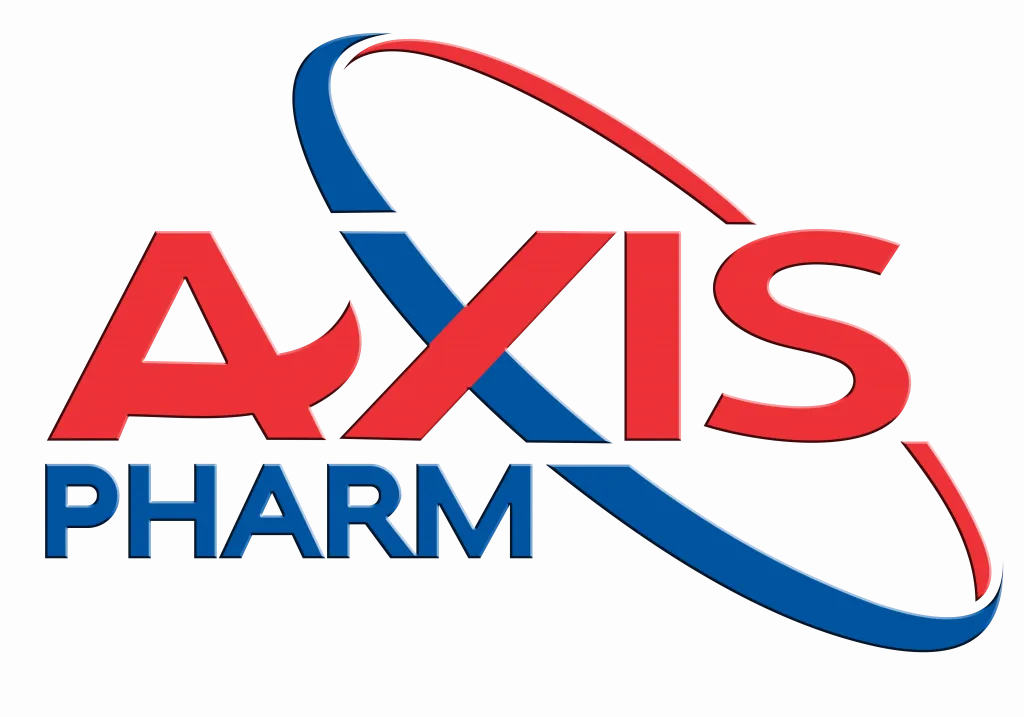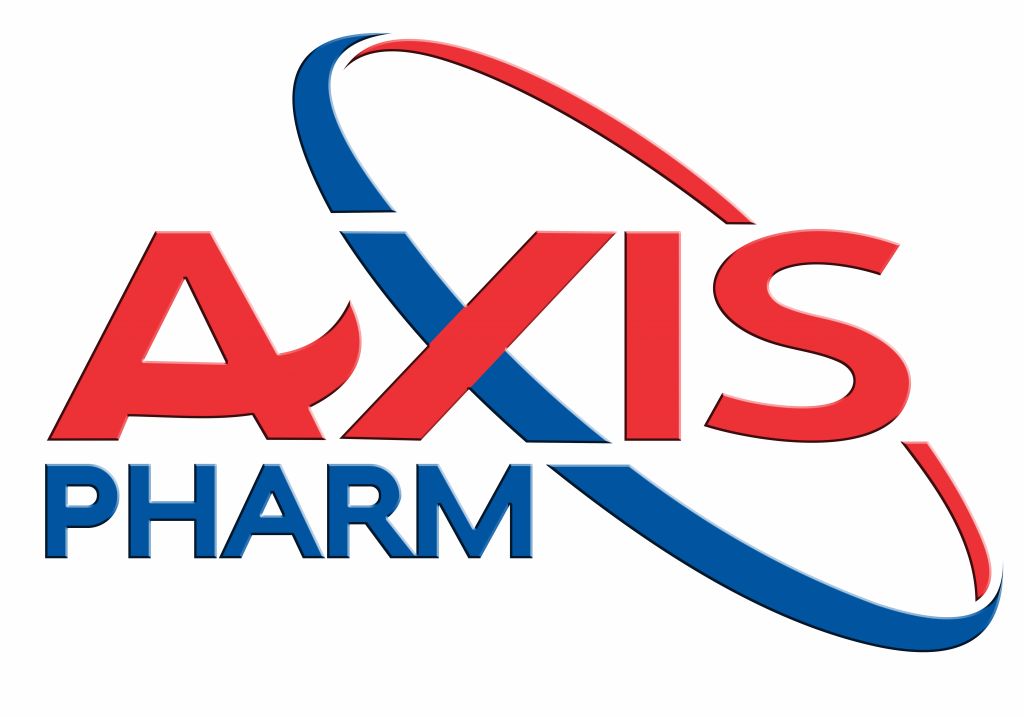Photoimmune ADCs represent an innovative type of antibody-drug conjugate (ADC) that combines targeted antibodies with light-activated compounds, advancing the field of photoimmunotherapy. This approach utilizes near-infrared (NIR) light to selectively destroy cancer cells while also enhancing the immune response. Unlike traditional ADCs that rely solely on cytotoxic agents, photoimmune ADCs incorporate phototherapy for increased specificity and therapeutic impact.
How Photoimmune ADCs Work
Photoimmune ADCs consist of three main components:
- Targeted Antibody: This antibody specifically binds to antigens on the cancer cell surface, such as the epidermal growth factor receptor (EGFR).
- Photoactive Dye: A dye like IR700 absorbs NIR light, initiating a reaction that disrupts the cancer cell membrane and induces cell death.
- NIR Light Activation: Exposure to a specific NIR wavelength (e.g., 690 nm) activates the dye, selectively killing cancer cells and triggering immunogenic cell death (ICD), which further boosts the immune response.
Upon Near-Infrared (NIR) Light Activation, the dye undergoes a light-induced reaction that increases its hydrophobicity, disrupting the cell membrane and causing rapid, targeted cell death. This process, central to Near-Infrared Photoimmunotherapy (NIR-PIT), not only destroys cancer cells but also induces immunogenic cell death (ICD). This ICD triggers the maturation of dendritic cells, initiates a host anti-cancer immune response, and promotes the development of CD8-positive T cells targeting antigens released by dying cancer cells.
Key Example: Cetuximab Sarotalocan
In September 2020, Rakuten Medical introduced Cetuximab sarotalocan, the world’s first approved photoimmune ADC. This drug links cetuximab, an EGFR-targeting antibody, with the water-soluble silicon phthalocyanine dye IRDye700DX. Once administered, cetuximab sarotalocan specifically binds to EGFR-positive tumor cells. When exposed to NIR light at 690 nm, it kills the cells and activates an immune response. This groundbreaking drug has completed phase I/IIa trials for head and neck cancer (NCT02422979), with a phase III trial (LUZERA-301) underway since December 2018.
Advantages of Photoimmune ADCs
- Enhanced Specificity: Targets cancer cells precisely, minimizing damage to healthy tissues.
- Dual Action: Directly kills cancer cells while also activating the immune response.
- Reduced Side Effects: NIR light activation minimizes systemic toxicity compared to traditional cytotoxic ADCs.
Future Prospects in Photoimmune ADCs
The success of Cetuximab sarotalocan has sparked further research and development in photoimmune ADCs. Currently, five additional immunological ADCs are in preclinical or drug discovery stages, each using IR700 as the photoactive molecule. These efforts underscore a promising new direction for ADC therapy, with the potential to target a broader range of cancers through a powerful combination of targeted antibody therapy and light-activated cell killing.
Reference
1. Antibody-Drug Conjugates: The Last Decade.Pharmaceuticals (Basel)
2. Near-Infrared Photoimmunotherapy of Cancer. Acc. Chem.Res.
Related Readings:
- Analysis of Multiple Factors Influencing ADC Pharmacokinetics
- What is BCN:A Versatile Bioconjugation Tool
- Challenges in Antibody-Drug Conjugate (ADC) Development
- ADC: All You Need to Know About Targeting, Termination, Optimization, and Phase II/III Clinical Trials
- XDC | Various New Drug Conjugates, In Addition to ADC, There Are More Choices.




